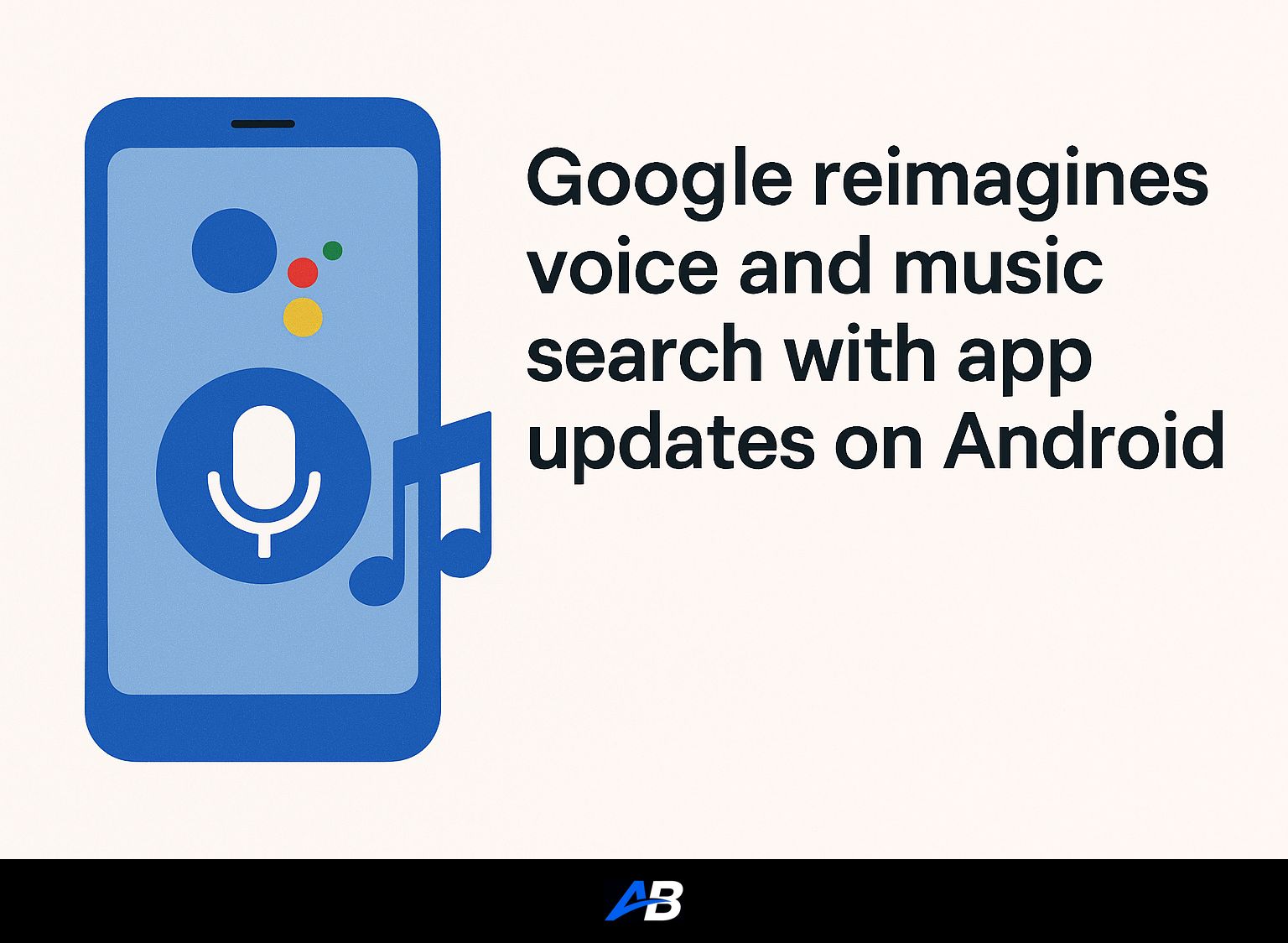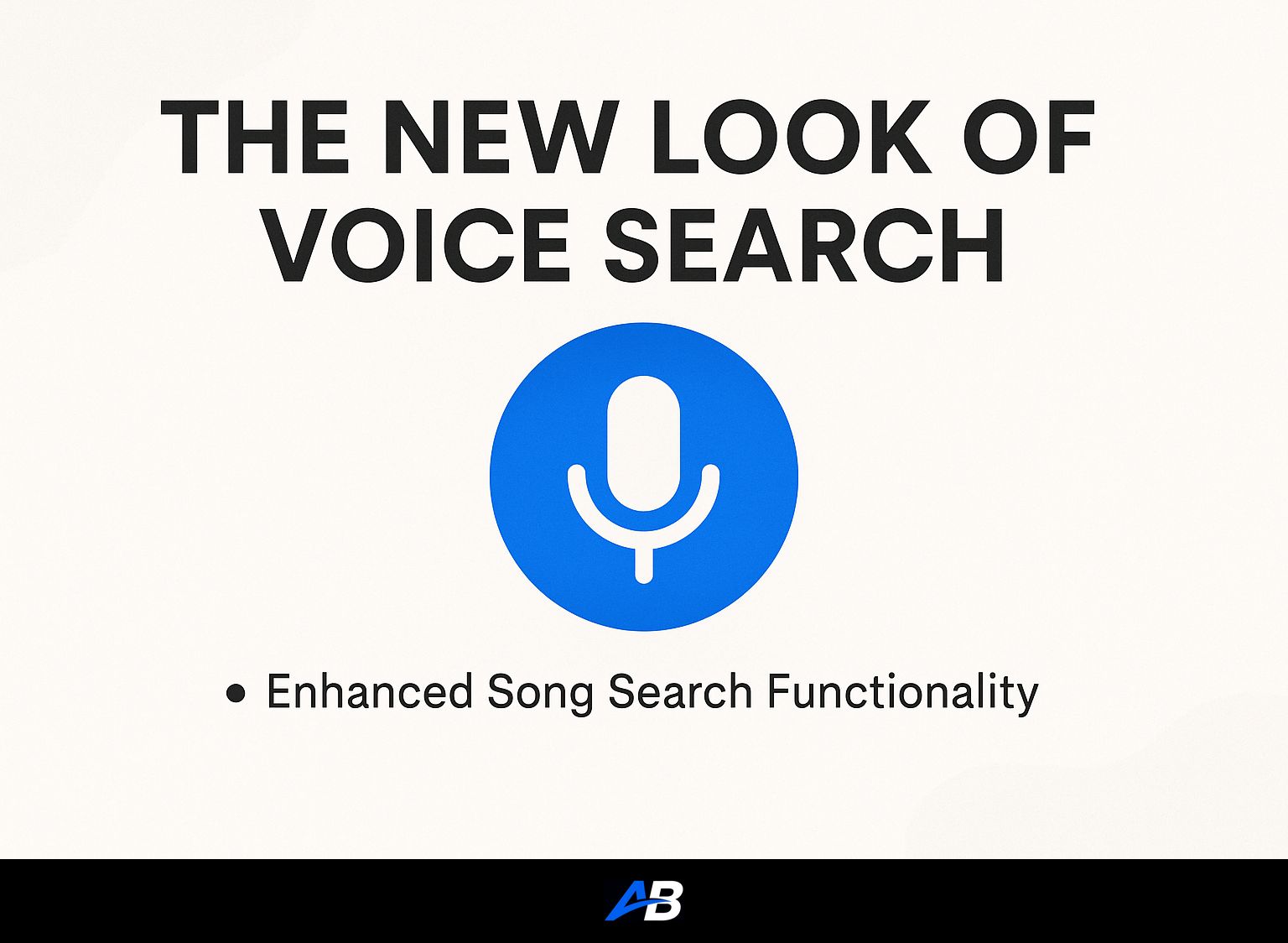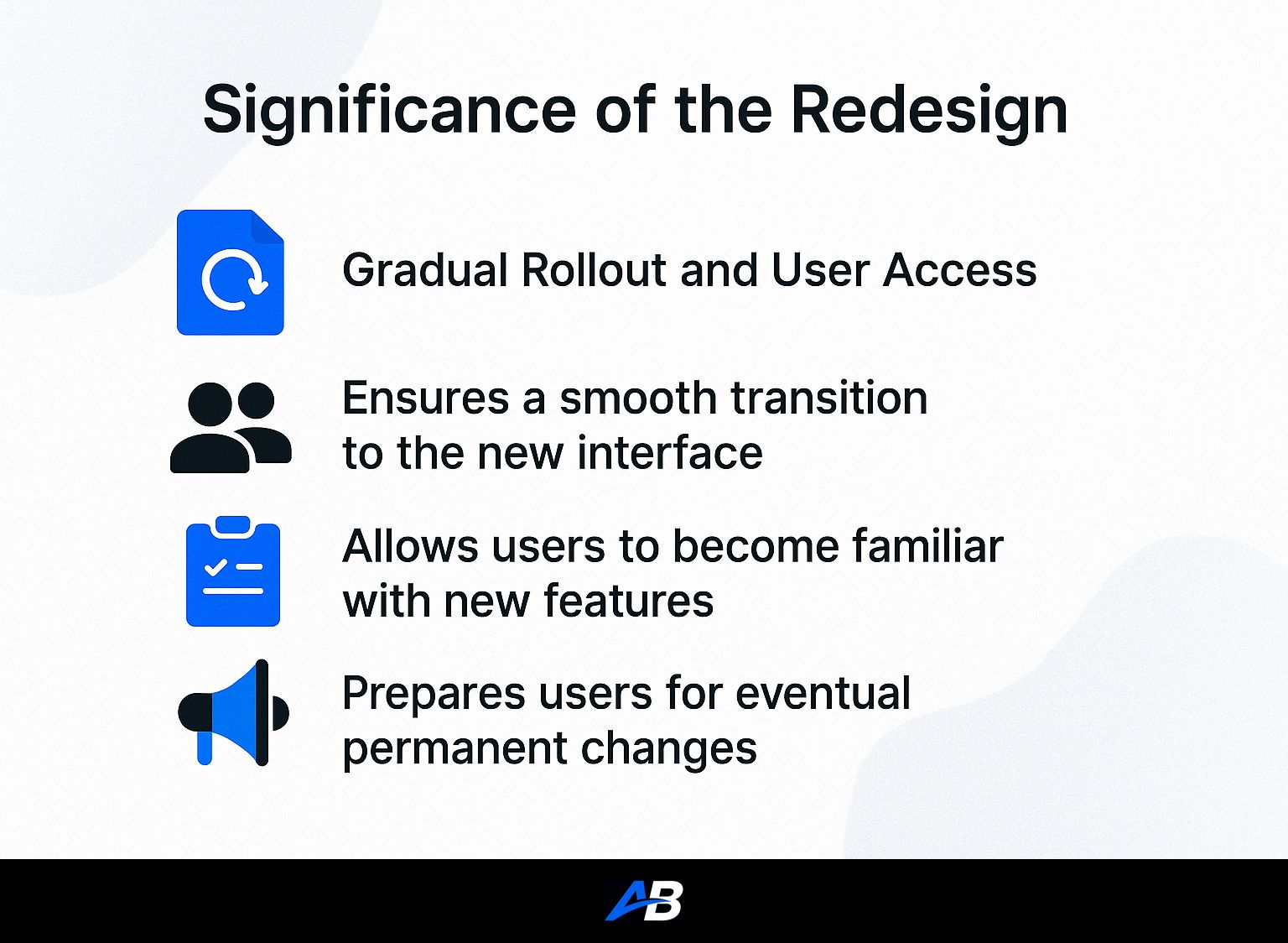Google is set to revolutionize the voice search experience within its Android app, unveiling a sleek and modern redesign aimed at enhancing user interaction and song search capabilities.
Contents
Short Summary:
- Google’s voice search interface receives a modern redesign, prioritizing simplicity and efficiency.
- The updated app emphasizes music search with enhanced features for humming and singing prompts.
- User feedback will guide further improvements in voice-based AI interactions across Android.
In a significant update poised to redefine user experiences on Android, Google has unveiled its plans to enrich the voice and music search functionalities within its app. The latest design refresh, now being tested in the beta version 16.36.40.sa.arm64, aligns closely with Google’s ongoing commitment to integrate artificial intelligence (AI) more seamlessly into everyday tasks. As the demand for hands-free technology warrants a shift towards more intuitive user interfaces, this revision emphasizes clarity and accessibility—aspects that have been paramount in AI’s evolution.
The New Look of Voice Search
For many years, the interface for voice search within the Google app remained relatively unchanged. Tapping the microphone icon would typically activate a traditional listening panel, displaying a list of recent searches below a standard “Listening” indicator. However, this long-standing model has now been given a refreshing overhaul, primarily influenced by the principles outlined in Google’s Search Live.
The revamped design now features a centered “G” logo, accompanied by a prompt asking, “What’s on your mind?” This new minimalist approach discards the clutter of recent searches and suggested queries, dynamically guiding users toward active engagement with the search functionality. As
one tester noted, “The interface now feels less like a UI and more like a conversation.”
The pulse-like animation accompanying the voice input is more engaging, aiming to create a more interactive environment while users speak.
Enhanced Song Search Functionality
Alongside the visual redesign, the app prominently highlights its music recognition capabilities. The introduction of a new feature dubbed “Play, Sing, Hum” has taken center stage within the search interface, encouraging users to sing or hum their favorite tunes for recognition. This functionality, drawing comparisons to popular apps like Shazam, has reinvigorated the user’s ability to discover music with minimal input effort.
With advancements in audio fingerprinting technology and machine learning, the voice app continues to empower users by transforming how they interact with music. Whether it’s a fleeting melody stuck in one’s head or the latest chart-topper, Google’s search now acts as a reliable backdrop for musical discovery. Notably, the larger, more vibrant text for “Play Sing Hum” aims to grab attention and encourage exploration of the feature. As
one Google developer remarked during the announcement, “We’re not just changing how you search; we’re evolving how you connect with music.”
Significance of the Redesign
This transition goes beyond aesthetic improvements; it signifies a shift in how Google envisions voice search as a dialogue rather than a series of commands. By transforming the conventional command-based interactions into more conversational exchanges, the company is adapting to how users naturally engage with technology. As voice search continues to dominate in various contexts—driving, cooking, or multitasking—making the experience more intuitive could usher in a new era of user interactions.
Furthermore, improving user experience by minimizing distractions enhances engagement. Reduced visual clutter allows users to focus on the action at hand, potentially prompting quicker task initiation. Nielsen Norman Group, a respected usability research organization, has long advocated for designs that minimize “visual pollution,” and this refresh certainly appears aligned with their findings.
Citing their work, they state, “Simplicity leads to satisfaction and efficiency.”
Gradual Rollout and User Access
As with many Google experiments, the broader rollout of this redesigned interface will follow a server-side model. Initial access is granted to select users through the beta version; however, widespread availability is expected in the near future. If you’re part of the testing group, tapping the microphone icon will reveal the new panel with its dynamic waveform and simplified prompt.
For those eager to experience this transformative update, patience is key. You won’t need to sideload the app manually; it will be pushed automatically to compatible devices. As you wait, the anticipation builds, hinting at how Google continues to push for seamless integration of voice capabilities across its digital ecosystem.
Looking Ahead: What This Means for Voice Search
The convergence of AI and voice interfaces sets a promising future for user interaction across Android. The recent redesign signifies just the beginning of a more streamlined voice search experience, with Google intent on refining user engagement through conversational AI feedback loops. Future developments may include features intended to facilitate uninterrupted dialogue, embodying the essence of human-like conversation cues.
With users increasingly valuing accessibility and efficiency, voice search’s prominence as a primary input method is reinforced. The focus on music search capabilities not only differentiates Google from competitors but also reaffirms its commitment to enhancing everyday usability through innovation. As technology continues to converge with our daily lives, this redesign positions Google at the forefront of voice-driven interactions within the modern digital landscape.
Final Thoughts
Innovation in voice search is a thrilling prospect for everyone involved—developers, users, and tech enthusiasts alike. Google’s latest updates present a nuanced approach to user experience, indicating that the future of search lies in AI and conversation-driven interactions. This refreshing revision is not just about aesthetically pleasing interfaces; it’s about crafting an environment where each inquiry feels personal and engaging.
While Google’s latest updates are still in the early stages, they signal impending broad applications for all users. As the interface updates move from beta to wider implementation, we’ll keep you informed on what to expect in your Google app experience.
For those eager to further explore the world of AI and how it ties into efficient content creation, check out Autoblogging.ai—the go-to platform for generating SEO-optimized articles swiftly and effectively. With innovations in tech reshaping digital landscapes, being at the forefront is vital for writers and businesses alike!
Do you need SEO Optimized AI Articles?
Autoblogging.ai is built by SEOs, for SEOs!
Get 30 article credits!



